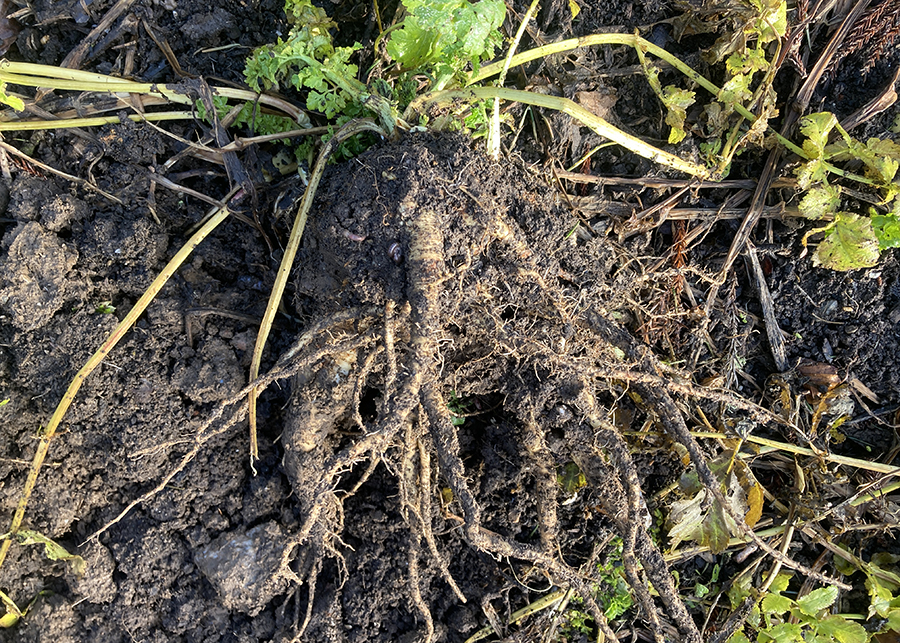If you are growing parsnip, carrots or beetroots, or other root veggies, and have been disappointed when you pulled them up this winter, then read this. Here are some of the more common problems…
Split Roots - Parsnip, Carrot & Beetroot
If the soil fluctuates from very dry to very wet (usually during the summer months!), you may find that the roots split. Aim for consistently moist soil, and your roots will do much better and will grow well. Parsnip is a little more drought tolerant and not as often affected.
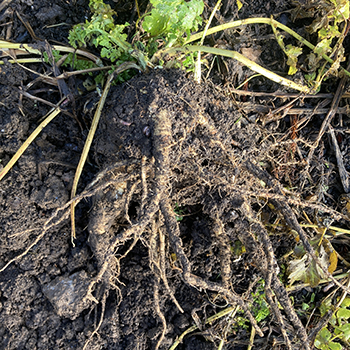
Forked/Deformed Roots - Parsnip & Carrot
If you have heavy clay soil, or if you have lots of stones in the soil, it can be difficult for parsnips and carrots to get their root down properly, and this can lead to short, stumpy roots, or forked roots.
It is a good idea to EITHER dig the soil over really well, adding plenty of organic matter, before planting OR opt for no-dig and simply cover the soil with a thick (e.g. 10cm) layer of compost before planting your roots. Alternatively, you can grow in pots/containers or grow bags if you turn them up on their side so that you get more depth.
If they are funny looking, don’t chuck them out – just chop them up or grate them, or add to soups – they’ll still taste good!
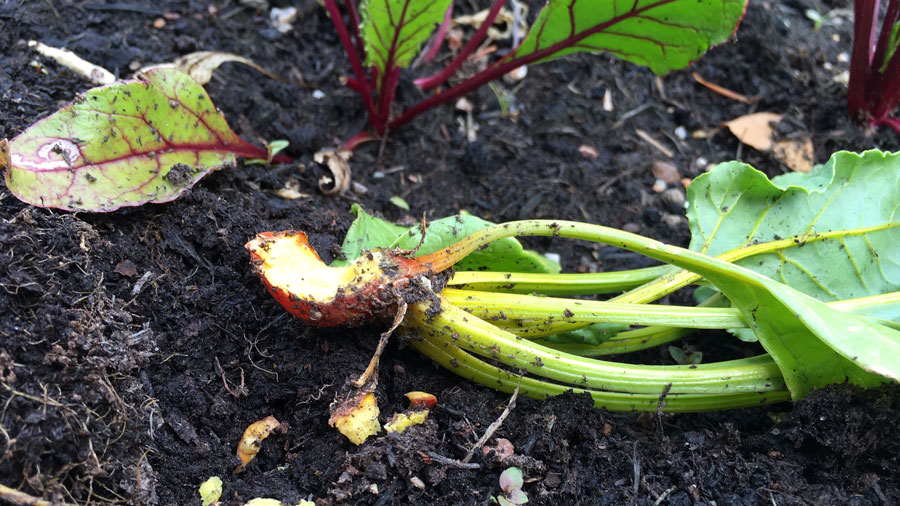
Totally Munched! Beetroot & Carrot
Voles are very partial to beetroot and carrot and will tunnel underground and eat them from below the surface of the soil. Slugs will usually finish up any leftovers on a wet day too. Be prepared to lose a few, and maybe try and encourage an owl into the garden to hunt the voles!!
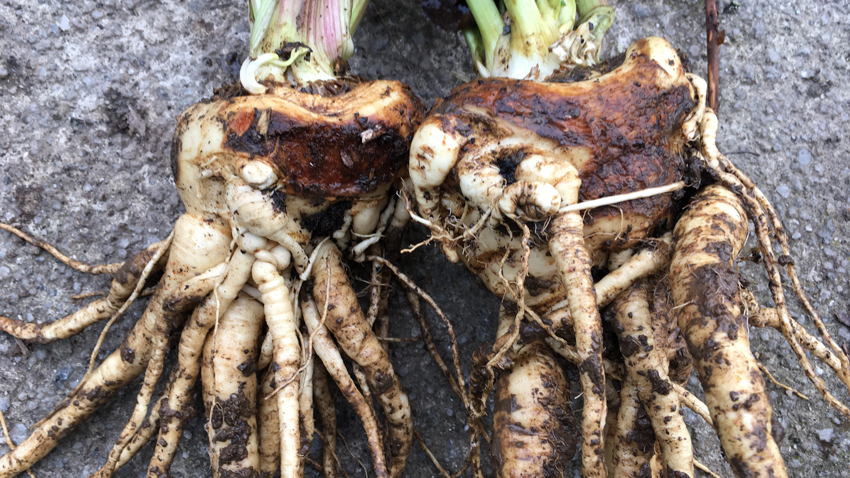
Parsnip Canker
Parsnips are prone to canker, a spore driven fungal disease that causes the roots to rot. This starts to happen as cooler, damper and windier weather comes in over the autumn. Canker is normally seen in the crown/shoulder of the parsnip, although you may see signs of it on foliage too (it’ll look a lot like leaf spot). The root will develop orange/brown coloured patches where it will start to rot. The best thing do is earth up your parsnips early so that the crown is not exposed.
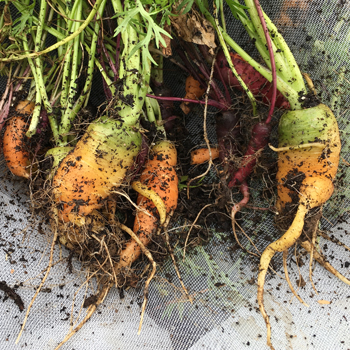
Carrot Fly
Carrot Fly has an annoying habit of ruining the roots, so that instead of pulling up beautiful carrots, you end up pulling up a sad looking bunch of blemished roots.
The carrot fly lays its eggs at the base of the carrot stems (and often also lays eggs by parsnips and celery). When the eggs hatch the larvae bury into the soil and start feeding on the roots. Initially the damage is quite minimal, but as they mature they start to tunnel into the roots. It can go unnoticed until either the leaves start to discolour, or you pull up a carrot and see the damage – brown, rotten looking patches and tunnels through your carrots. The best thing to do in future is to cover your carrots with an insect proof mesh.
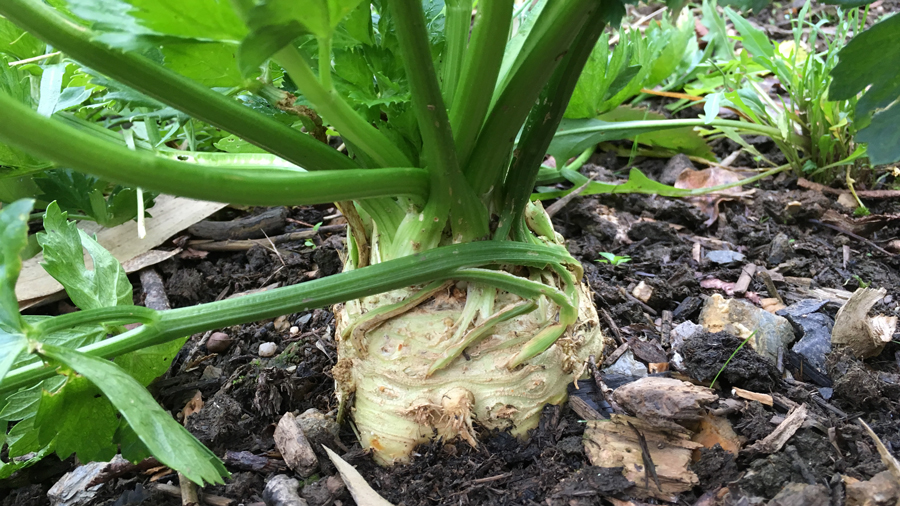
Unformed Celeriac
If the root ball of celeriac plants never really formed and is tiny when you do harvest it (think ping pong ball or smaller!) then by mid to late winter, you can assume that it’s not going to. The main reason for this happen is not getting enough water during late summer and early autumn when it does most of its root swelling. It is really advisable to mulch your celeriac to keep moisture in the soil.

